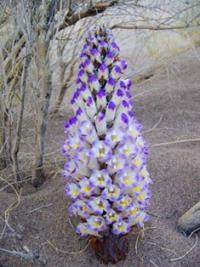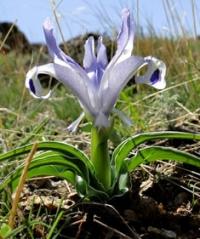You are here
Stony deserts of Central Asia.


In Uzbekistan Silk Road Tours.
“In books I have traveled, not only to other worlds, but into my own”
Anna Quindlen.
Uzbekistan Silk Road Travellers.
Deserts of this type are confined to alluvial vial pebble, gravelly pebble and capeau pebbles at the foot of the mountains, in the foothills and on the foothill plains (marginal parts of the Fergana Valley, the West Tajik Depression and the foot of the Pamir Alay mountain ranges and the bottom of the Cupry-coulion valley.
The western and central parts of the Kyzylkum desert, the Kopetdag mountains). They are also distributed on elevations among desert plains (for example, in the Zaunguz Karakum and on the Krasnovodsk Peninsula).
The soils of the stony deserts are very peculiar; they contain clusters of gypsum, forming a special gypsum horizon. Alkalinity in the desert soils of the southern zone is absent. According to E. V. Lobova (1960), these soils belong to the Turan province of carbonate gray brown soils.
Stony deserts are poor in organic life. So, in the western part of the Fergana Valley, on the cone of the Isfara River, completely bare gray pebble spaces with a dark desert tan on the stones are spread. Only crossing these spaces of the dry delta of Isfara are distinguished by narrow green stripes of reeds.
The pebbly gravelly spaces between the advanced ridges of the Alay and Turkestan ranges in southern Fergana (for example, the Shadymir tract) are also almost lifeless. The vegetation here is extremely scarce.
For deserts of this type are characterized by wormwood and gypsophitis, among which are many plants with fleshy organs. The group of gypsophitis includes hodgepodge and representatives of some other families.
In contrast to typical (halophytic) saltworms, which often have fleshy not only leaves, but also stems, in saltworms of hypsophytes, as well as in those of other families, succulence usually extends only to the leaves (E. Korovin).
In the rocky gypsophilic desert, typical hothouses grow, significantly increasing the group of succulent forms here. As a rule, plants do not form communities here in the usual sense, but grow in separate instances at a distance from each other.
On gravelly soils and pebbles containing loamy fine earth, rarefied wormwood develops. On sandy gravelly soils, wormwood from the vegetation cover falls, being replaced by other shrubs and herbaceous perennial ones: in addition to the saltworms, astragalus spread (Astragalus squarrosus), desert bind (Convolvulus hamadae) and others grow here.
Because of their gypsum substrate, stony deserts are characterized by a large number of endemic plant forms that cannot be supplanted by others who are not adapted to these unique conditions. The fauna of the stony deserts is especially poor, since animals are not provided with food due to extreme poverty of the vegetation cover, and often its almost complete absence.
Authority:
N. A. Gvozdetsky, N. I. Mikhaylov. "Physical geography of the USSR. Asian part. The edition third corrected and added. Moscow "Thought" of 1978. http://tapemark.narod.ru/geograf/1_5_5.html
Photos by
Alexander Petrov.







